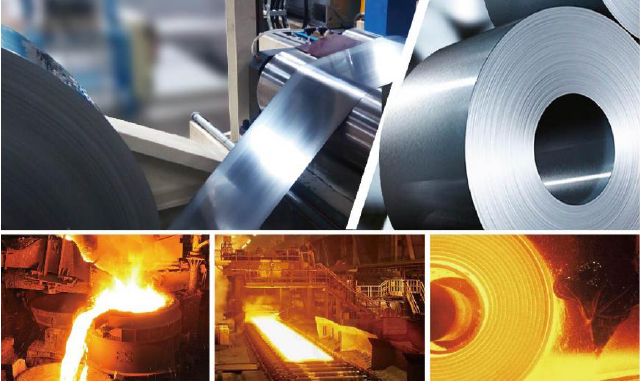Individual pure metals may possess benefit properties, such as good electrical conductivity, high hardness and strength, or corrosion and heat resistance. Metal alloy manufactures attempt to combine these beneficial properties in order to create more useful metal alloys for particular applications than any of their component elements. Melting temperature is a key factor in alloying metals.
NEXOHM®( NiCr20AlSi), for example, combine 74.5% Ni, 20% Cr,3.5% Al, 1% Si, 0.5% Mn and 0.5% Fe to combine a precision alloy with high resistivity, low temperature coefficient, low thermal EMF versus Copper high tensile strength, high resistance to oxidation and chemical corrosion, non-magnetic, applied to high-value resistors and potentiometers and Heating cords and cables.

Precise properties of new alloys are difficult to calculate because elements do not just combine all the advantages. On the opposite, they form through chemical interactions which depend upon component parts and specific production methods. In this case, much testing is performed in the development of new metal alloys.
New alloys are developed every year. Accepted standard compositions include the purity levels of constituent elements which are based on weight content. The makeup, as well as mechanical and physical properties of common alloys, are standardized by international organizations.
Attending exhibitions, focusing on industry devolpment trend and new technologies,Nexteck Technology Limited keeps pace with the times ,exploring and innovating so as to achievingcontinous development.




